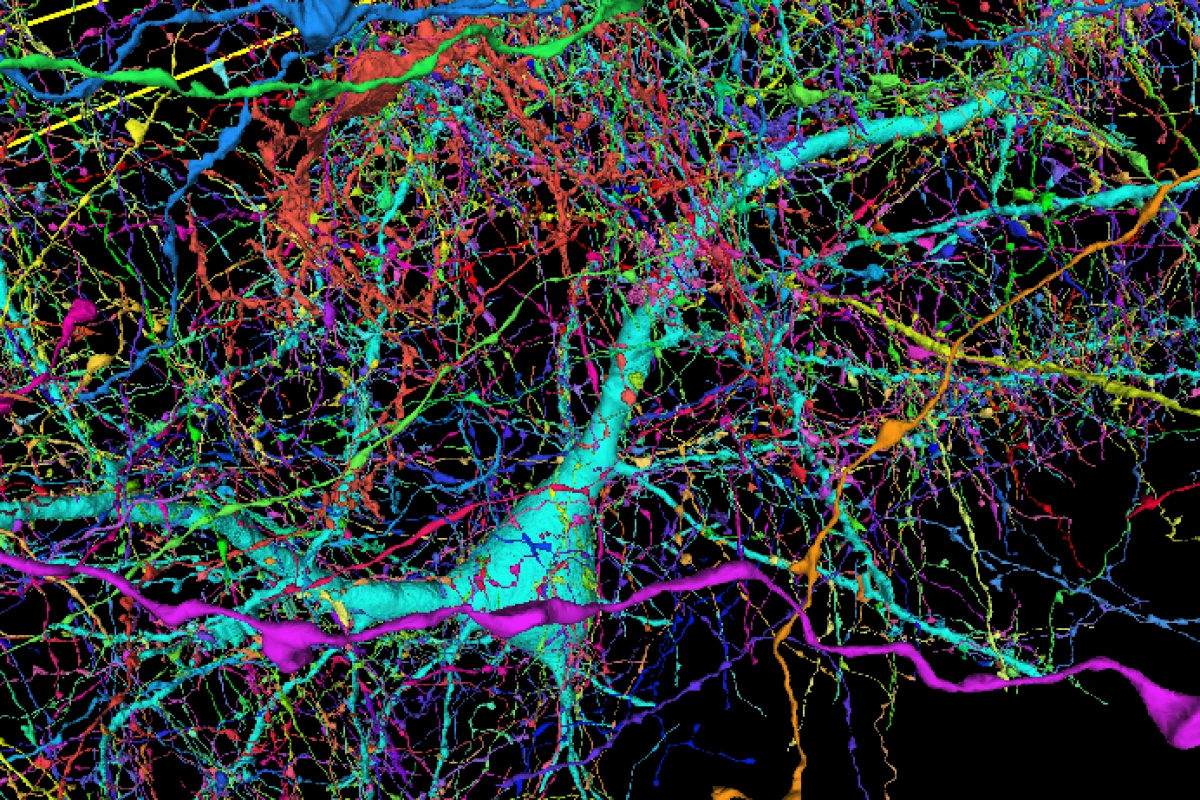
There is no such thing as noise absorbers. Noise is not absorbed, especially by anything termed noise absorber. Airborne energy strikes a wall surface area When the airborne energy strikes the wall, it turns into a vibration. The vibration has a similar frequency response as the airborne energy. Noise is composed of vibrations. The vibrations must be managed and absorption is not the correct process to mitigate noise transmission.
Vibrational acoustics is a completely different set of rules. With vibrational energy transmission, we must design to slow the speed of the vibrational transmission. Slowing the speed is no task for something called a noise absorber. You must use a barrier design that is tuned to the frequency and amplitude of the enemy of noise that is trying to invade your room or the flip side of that where your “noise” is transmitted to others.

Noise is like water
All noise has frequency and amplitude. The frequency tells us where the noise lives on our audible yardstick. The amplitude tells us how strong the noise is at each frequency. We must know the frequency and amplitude of all noise. We must quantify and qualify this enemy. With noise you do not want to spend one dollar more than you have to since you will never recover the money spent. Building barriers to minimize vibration transfer is a permanent construction fix.
There are no noise absorbers that act as panels that you hang on the walls. Noise is like water. It will find the weakest link in the wall and go around that. Vibrations are not impacted by any type of “noise absorber” panel. You must build a barrier that after you have measured the noise is specifically designed to deal with your specific noise issue.

Measure your inside and outside noise levels for 7 days
At Acoustic Fields we have a process to measure noise frequency and amplitude. Measurements must be taken over a seven day time period. You must measure at least twice a day. You will take a series of measurements during the quietest part of each day and a series of measurements over the loudest part of each day for seven days.
This methodology will allow us to see the pressure levels on each day and locate the “loudest” day. We must design the barrier to treat the greatest frequency and amplitude issue on the loudest day. If we treat for the loudest day (max) we will have any lower amplitudes that occur on other days covered with the max design approach. Measurements are easily taken with our app / phone process.

Noise barrier design
You download the apps we send you to your phone. You then follow the video instructions and begin your measurement process. You will take a measurement on the quietest part of each day. You will take a frequency and amplitude reading on the loudest part of each day. You will record all of those numbers on our online data form.
You will send the form to us and we will design the barrier that you will need to specifically deal with your noise issues. We will send you a drawing of the materials that you will require along with the design of how to assemble those pieces together to form the proper barrier. You can build the design yourself using a DIY approach or you can take the drawings to a contractor for bid.
Read more about our recording studio design services here.

You can’t guess when it comes to noise
Guessing with noise is a fool’s game. Most will guess wrong and build something that will not work for all of their noise issues. When people call us they always say well it works well for voice but the bass goes right through it. People don’t plan to fail, they fail to plan. When they enquire on how to fix the lower frequency noise transmission issue using their existing mistake. Unfortunately, Most of the time the error can not be fixed and the structure has to be torn out and the measurement process started.
Once the numbers are in, they can build the new barrier in place of the existing one. No one is happy to hear this solution. This is why it is so important to qualify and quantify all noise issues prior to any building of anything. Measure twice and cut once when it comes to any noise transmission issue.







